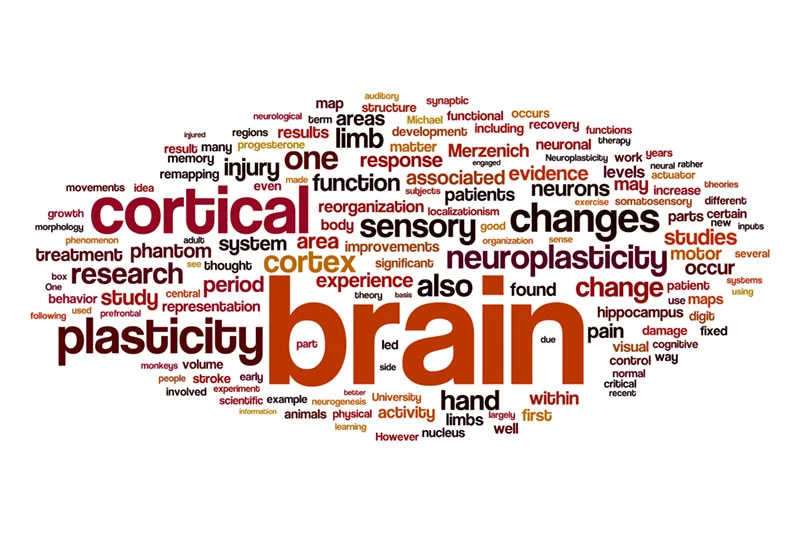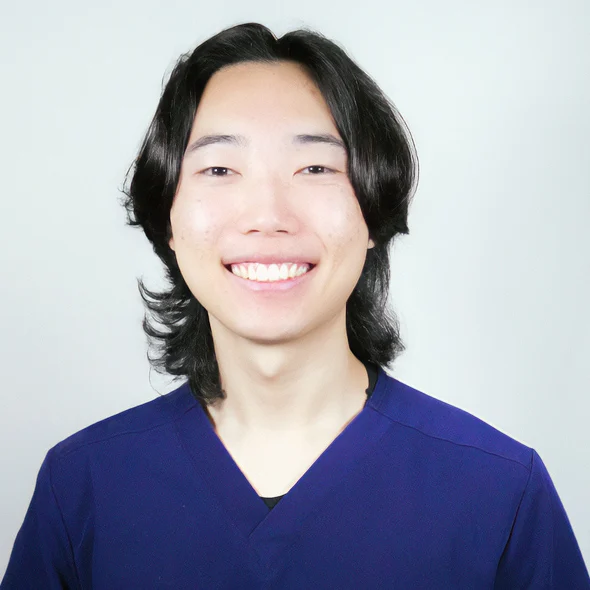Benign Paroxysmal Positional Vertigo (BPPV) is an inner ear imbalance that causes vertigo-like symptoms, including a false sense of spinning or movement. It is one of the most common vestibular disorders, particularly affecting individuals over 60.
What Causes BPPV?
To understand BPPV, it’s important to know how the inner ear works. The vestibular system contains six semicircular canals filled with endolymph, a fluid that moves as the head shifts. This movement activates specific canals to help maintain balance.
In BPPV, tiny crystals (otoconia) break loose and fall into the fluid-filled canals. When these crystals disrupt the normal flow of endolymph, they send incorrect signals to the brain, creating a false sensation of movement. As a result, even slight head movements can trigger vertigo and a rapid, involuntary eye movement known as nystagmus.
Symptoms of BPPV
BPPV causes dizziness, often linked to a spinning sensation when changing head positions. Common triggers include rolling over in bed, looking up, or sudden movements. Many individuals also experience:
- Nausea
- Loss of balance
- Increased risk of falls and injuries
Treatment Options
In some cases, Benign Paroxysmal Positional Vertigo symptoms resolve on their own within a few weeks. However, if symptoms persist, a repositioning maneuver can provide faster relief.
At Norcal Brain Center, doctors perform a non-invasive maneuver that repositions the loose crystals within the inner ear. During this treatment, the head is moved in specific directions for about 30–45 seconds per position. Many patients experience significant symptom relief after just one session, though results vary.
If you’re struggling with dizziness or vertigo, schedule a consultation at Norcal Brain Center to explore treatment options.







